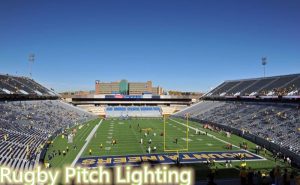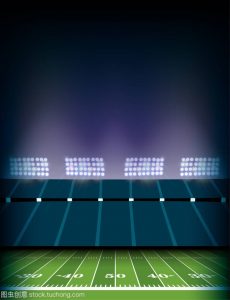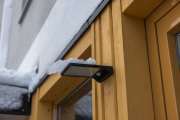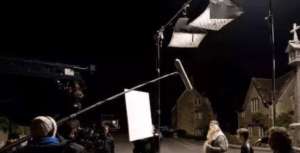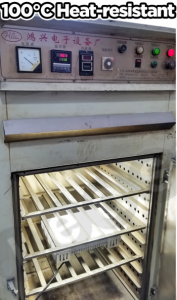Lifespan of the Light
The life of the light source is also called the life of the light source. The life of an electric light source is usually expressed in terms of effective life and average life.
- Effective life: refers to the number of lighting hours experienced when the lamp starts to ignite until the luminous flux of the lamp decays to a certain percentage of the rated luminous flux. Generally, this percentage is set between 70% and 80%.
- Average life: refers to the number of lighting hours experienced by a group of test lamps from ignition to when 50% of the lamps fail. Life is the main technical parameter to evaluate the reliability and quality of electric light sources. Long life indicates its long service time, high durability and high power saving.
Efficacy
The ratio of the total luminous flux emitted by the light source to the electric power (watts) consumed by the light source is called the light efficiency of the light source. The unit is: lumens/watt (lm/w).
Lumens is the luminous flux (Lumens)
The sum of the light emitted by the light source per unit time is called the luminous flux of the light source. Symbol: Φ, unit lumens Lm. For example: the luminous flux of a 40W ordinary white woven lamp is 350—470lm, while the luminous flux of a 40W ordinary straight tube fluorescent lamp is about 2800lm, which is 6- -8 times.
Colour Temperature
Color temperature: When the color of the light emitted by the light source is the same as that of the black body at a certain temperature, the temperature of the black body is called the color temperature of the light source. Since most of the light emitted by light sources are commonly referred to as white light, the color table temperature or correlated color temperature of the light source is used to refer to the relative whiteness of its light color to quantify the light color performance of the light source.
According to Max Planck’s theory, heating a standard black body with complete absorption and radiation ability, the temperature gradually increases and the luminosity changes accordingly. The black body locus on the CIE color coordinate shows that the black body is from red to orange red- -Yellow-yellow-white-white-blue-white process.
The temperature at which the black body is heated to the same or close to the light color as the light source is defined as the correlated color temperature of the light source, called the color temperature, in absolute temperature K (Kelvin, or Kelvin temperature) as the unit (K=℃ 273.15).
Therefore, when the black body is heated to red, the temperature is about 527 degrees Celsius or 800K, and other temperatures affect the change of light color. The more bluish the light, the higher the color temperature, and the redder the lower the color temperature.
The light color of the painting light in a day also changes with time: 40 minutes after sunrise, the light color is yellower, the color temperature is 3000K, the sun is white at noon, rising to 4800-5800K, and it is about 6500K at noon on a cloudy day, and the light color is reddish before sunset. The color temperature drops to 2200K for paper.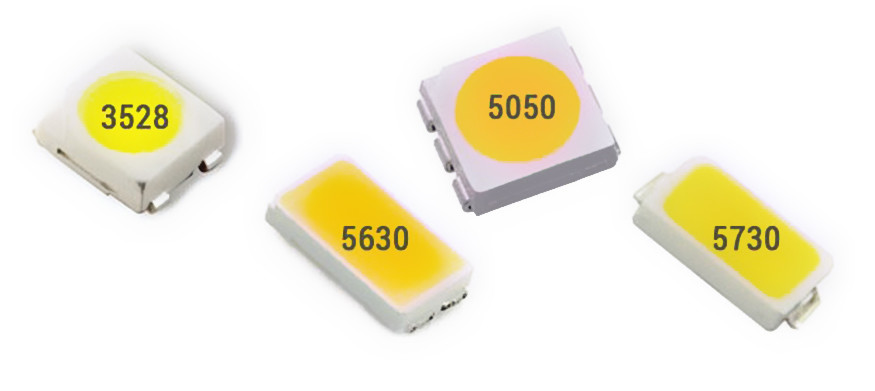
Correlated color temperature of other light sources
Because the correlated color temperature is actually the evaluation value of the light color performance of the light source when the black body radiation is close to the light color of the light source, it is not an accurate color contrast. Therefore, two light sources with the same color temperature may still have a slight difference in the appearance of light colors.
The color temperature alone cannot understand the color rendering ability of the light source to the object, or how the color of the object is reproduced under the light source. The color temperature of the light source is different, and the light color is also different. The color temperature below 3300K has a stable atmosphere and a warm feeling.
The color temperature is 3000-5000K as the intermediate color temperature, which has a refreshing feeling, and the color temperature above 5000K has a cold feeling.
Colour rendering index (colour renderingindex)
Both the sunlight and the incandescent lamp radiate continuous spectrum, in the wavelength range of visible light (380nm-760nm), including red, orange, yellow, green, cyan, blue, purple and other colors. The object shows its true color under the sunlight and incandescent lamp, but when the object is illuminated by the discontinuous spectrum gas discharge lamp, the color will be distorted to different degrees. We call the light source’s true color rendering of the object the color rendering of the light source. In order to quantitatively evaluate the color rendering of the light source, we introduce the concept of color rendering index, which is based on the standard light source and set its color rendering index to 100 , The color rendering index of other light sources are all lower than 100. The color rendering index is represented by Ra. The greater the value of Ra, the better the color rendering of the light source.
Ballast (ballast)
The ballast is a control device for starting and limiting the gas discharge lamp. Because the gas discharge lamp has negative volt-ampere characteristics, it must be equipped with a ballast to start the discharge of the lamp and limit the ionization of the inert gas in the lamp to increase the temperature and make the mercury vapor When the pressure rises, the ultraviolet rays generated after the electron bombards the mercury vapor discharge excites the fluorescent lamp to emit light. After the start-up is completed, the ballast acts as a current limiter to make the lamp work normally. The commonly used ballast is an inductive ballast.
Inductive ballast is a device with high inductance and high resistance. It has been connected in series in the circuit to work with the lamp. It not only consumes active power, but also consumes reactive power. The power factor is also very low, resulting in a decrease in lighting power efficiency. .
Compared with ordinary inductive ballasts, electronic ballasts have the advantages of less active power consumption, high power factor, fast ignition speed, and no noise interference. The power saving rate is as high as about 75%, and the power factor can be increased from about 0.5 to above 0.9. At the same time, the power frequency is increased from 50Hz to 25-40kHz, and the stroboscopic effect is minimal, which is conducive to vision protection and production safety, greatly reducing eyesight fatigue and reducing the chance of personal injury.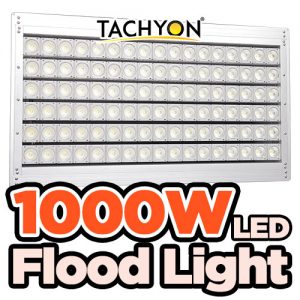
Glare index
Glare is the dazzling effect caused by the inappropriate distribution of the brightness of the light or the large change in brightness. It is divided into two forms: glare and reflected glare. Direct glare means that the light emitted by the light source directly hits the human eyes; reflected glare means that the light reflected on shiny walls, tables, mirrors and other surfaces penetrates the human eyes. Intense glare will make the indoor light inharmonious and make people feel uncomfortable. In severe cases, they will feel dizzy or even temporarily blind.
Lumen maintain
The light output of the lamp gradually decays as the working time increases. The luminous flux of the lamp at a fixed time is the percentage of the initial luminous flux when the lamp is ignited for 100 hours. It is called the luminous flux maintenance rate for this fixed time.
Chinese standard requirements: 2000h not less than 78%.
World advanced level: 2000h not less than 90%.
American Energy Star: Not less than 80% at 40% rated life.
China’s domestic craftsmanship: companies that focus on quality and adopt protective film technology can basically meet the national standard.
Brightness
The intensity of light reflected by an object is seen from a certain direction, that is, the intensity of light reflected by a unit area in a certain direction. Symbol L, unit cd/m2. Illuminance indicates the amount of incident light per unit area. Brightness refers to the intensity of reflected light from an object seen by the eye from a certain direction.
Footcandle
Foot candles are used to measure the amount of light per square foot projected on an object
Spectrum
The distribution of light in the order of wavelength is called the spectrum. Each light source can display its spectral energy distribution graph on the spectrogram according to its wavelength composition. The spectral energy distribution of sunlight and incandescent bulbs is a continuous curve, while the general discharge lamp is a discontinuous curve.
Incandescence lamp
Incandescent bulbs are the earliest mature artificial electric light sources, which use the principle of energizing and heating filaments to emit light. Generally speaking, incandescent bulbs have lower luminous efficiency and shorter lifespan, but they are more convenient to use.
Fluorescent lamp
It is one of the commonly used light sources of T5, T8, T10, T12, and has many advantages that other light sources do not have.
Gas discharge lamp (HID = high intensity discharge)
The light-emitting principle of this type of light source is that the gas between the two electrodes is excited by electrons to emit light. It can be divided into low-pressure gas discharge lamps, such as fluorescent lamps and high-pressure gas discharge lamps, such as mercury lamps, high pressure sodium lamps and metal halide lamps.
Light-emitting-diode
Light-emitting diodes are p-n diodes made of special materials. Under the forward bias, when electrons flow on the junction, they will emit light in the process of recombination and destruction. Small size and low luminous efficiency, but it has developed rapidly in recent years. The applicable occasions have been extended to traffic signal lamps, indicator lamps, and even suitable for lighting purposes in some special occasions.
Invisible light
Relative to visible light, electromagnetic radiation with a wavelength outside of 360-830 nm is called invisible light. The most commonly understood electromagnetic waves with a wavelength of less than 360nm are ultraviolet rays. Others include x-rays, r-rays, cosmic rays, and electromagnetic radiation greater than 780nm, such as infrared and radio waves.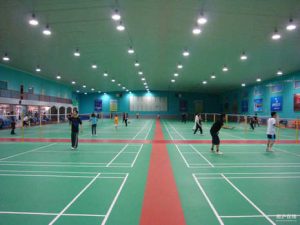
Three primary colors RGB (red, green, blue)
Three different colors of single colors, mixed in different proportions, can combine most of the colors in nature.
Accent lighting
Refers to a directional lighting used to emphasize a particular target or attract attention to a certain part of the field of view
Accommodation
Refers to the process of changing the focus of the human eye from one point to another
Adaptation
Refers to the process in which the human visual system adjusts more or less, or different shades of light, which will affect visual acuity
Ambient lighting
Refers to all-regional lighting that can produce general lighting
Average surface brightness of a surface
Refers to the total luminous flux per unit area that actually leaves the illuminated surface
Average brightness of lamps and lanterns of a luminaire
Refers to the luminosity at a known angle divided by the projection area of the lamp in that direction
Baffle
Refers to an opaque or semi-transparent object that blocks light directly at a certain angle, or absorbs unnecessary light
Beam angle
Refers to a plane perpendicular to the centerline of the beam, the luminosity is equal to the angle between the two directions of 50% of the maximum luminosity
Candle power distribution curve
Refers to the curve of luminosity changes drawn on a plane with the center of the light source of an electric lamp or luminaire using polar coordinates
High roof windows for daylighting (clere story)
Refers to the lighting design of a building with a transparent roof or a wall with daylighting glass windows
Illumination rate (coefficient of utilization)
Refers to the ratio of the calculated lumen luminous flux received on the working surface to the estimated luminous flux of the electric lamp (equal to room utilization × lamp efficiency)
(To Be Continued)


